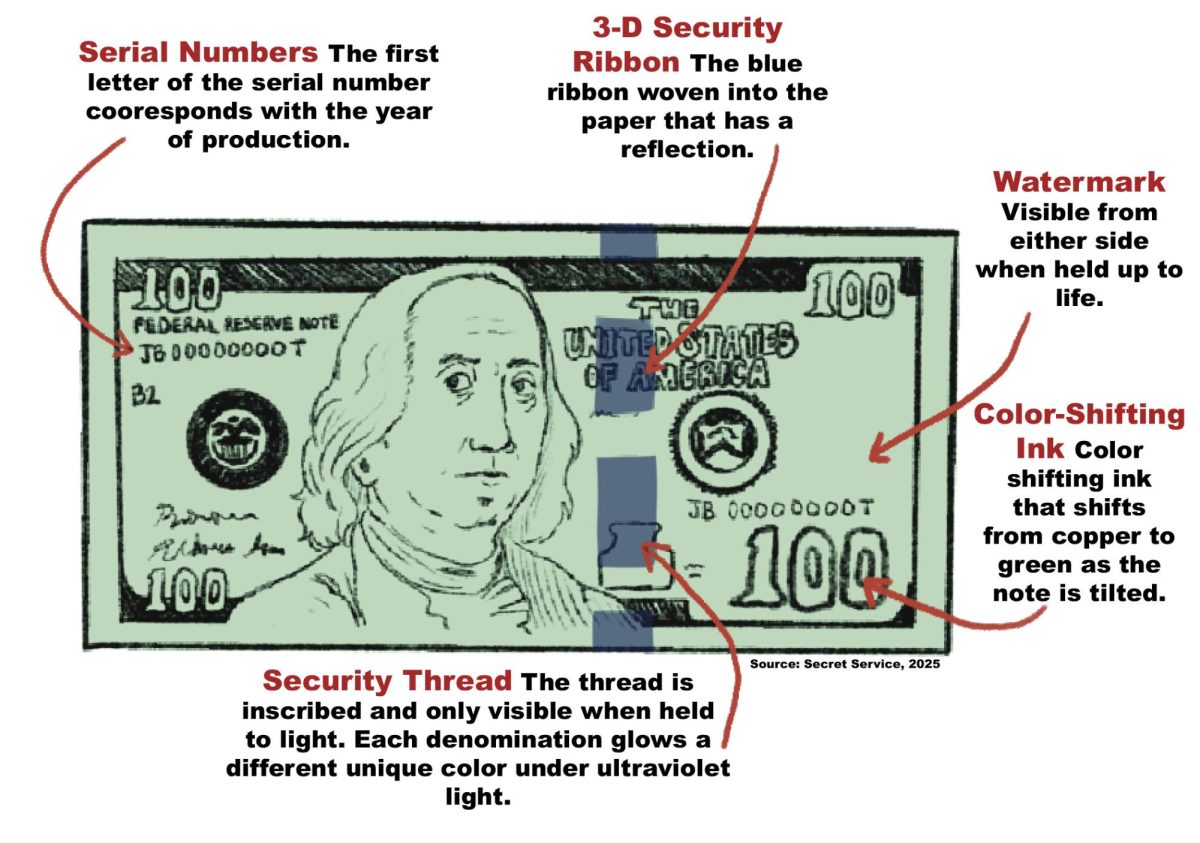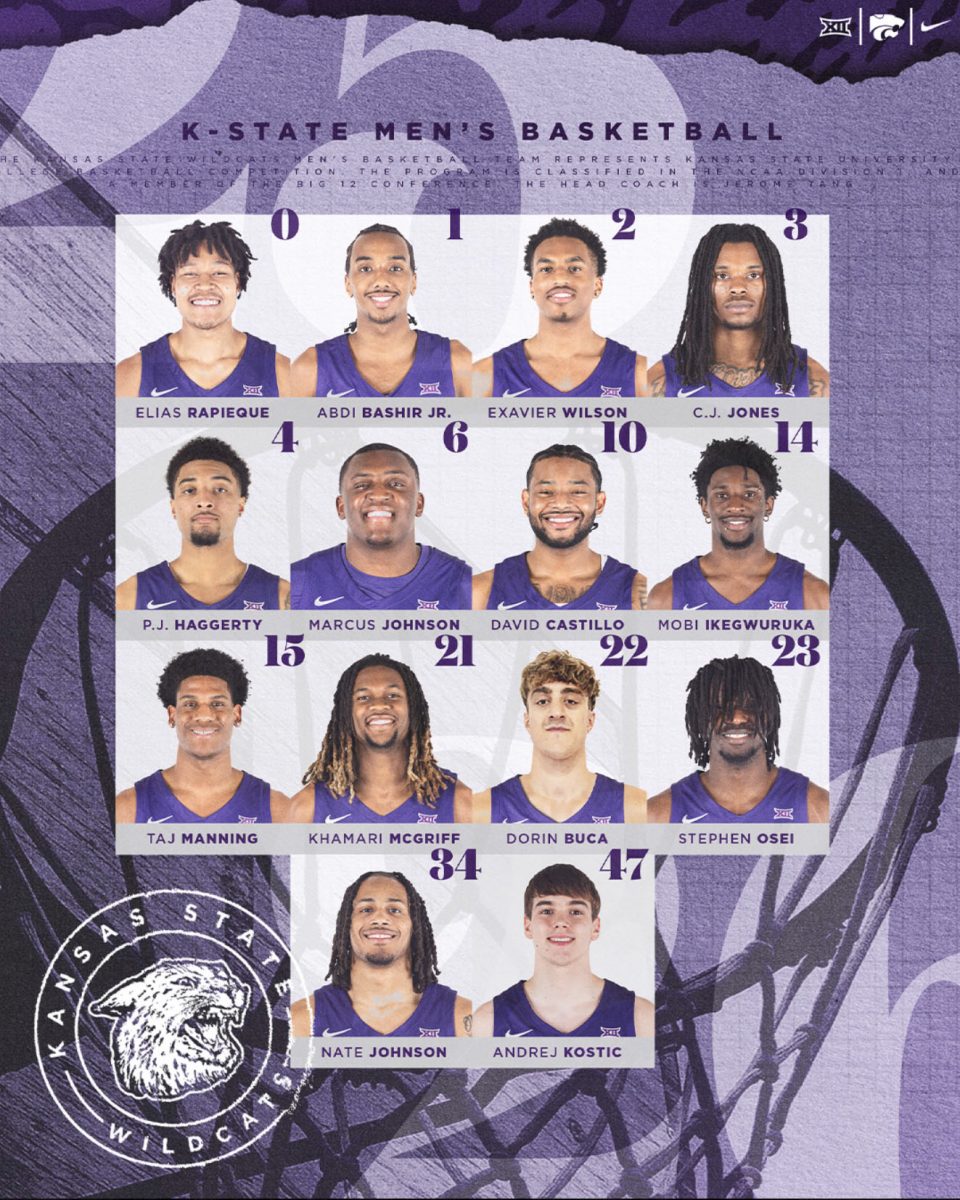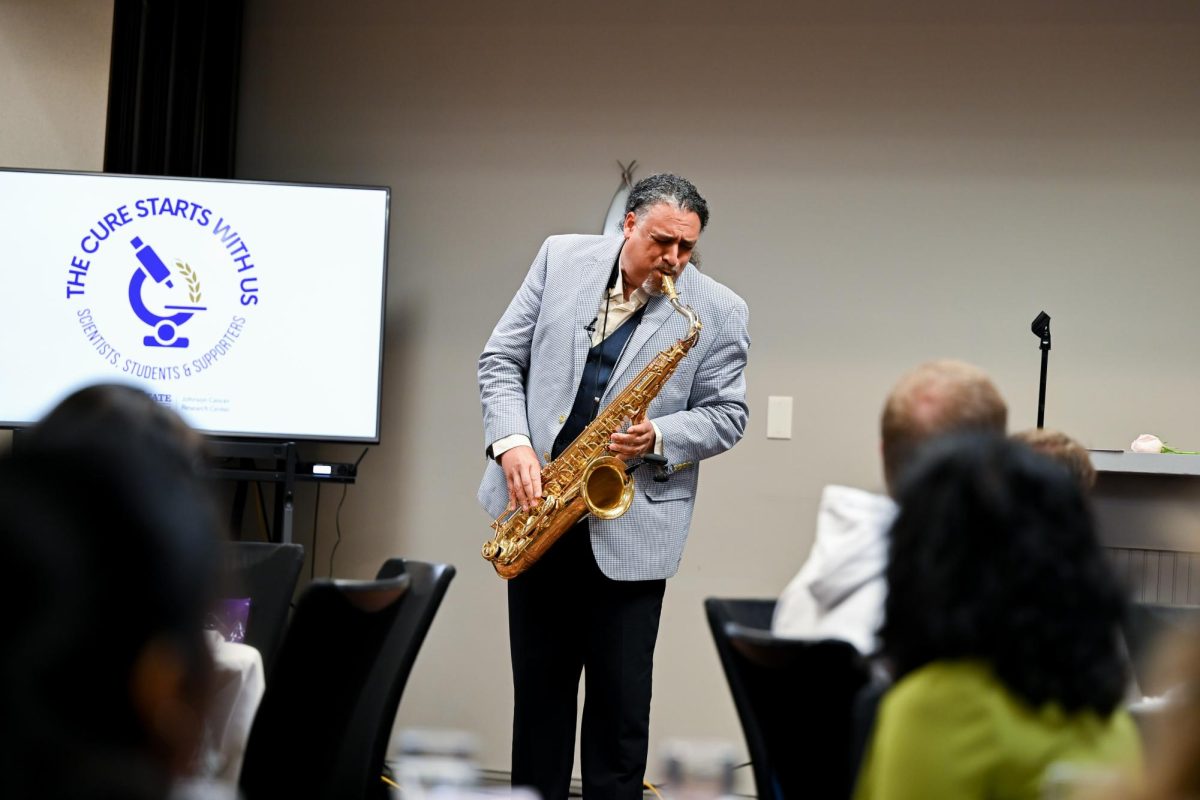The idea of what qualifies as a “real” degree is changing. With rising education costs and changing industry demands, students and career changers are looking for options that are faster, more focused, and designed to lead directly to employment. The result is a shift in how education is viewed by students, employers, hiring managers, and industry leaders.
In today’s job market, relevance matters more than tradition. Programs that offer practical skills, clear outcomes, and strong industry connections are standing out. Whether someone wants to enter healthcare, tech, trades, or business operations, what counts most is whether their education helps them get there and how quickly it happens.
Recognizing Accredited Career Programs
Accredited programs that lead to licenses or certifications are becoming more accepted as full, career-ready degrees. These programs focus on giving students the skills they need for a specific role rather than covering unrelated subjects. Many are completed in a year or less, and they are designed with employer needs in mind. This structure makes them appealing to those who want to start earning sooner without losing time or money on general requirements.
A good example is the AAPC medical billing and coding degree program. It offers a focused, accredited path into healthcare without the cost or length of a traditional degree. Students learn industry-standard coding systems, insurance processes, and administrative procedures. The program is built for people who want a strong return on their investment and a clear connection to real job openings. For many, it’s proof that a respected credential can come from a streamlined, targeted program.
Measuring Use, Not Prestige
The value of a degree is no longer judged only by where it came from. What matters more now is whether it results in real, paying work. Many lesser-known schools and programs are helping students build stable careers in less time than traditional universities. Employers are also more open to hiring based on ability and experience rather than name recognition on a diploma.
This shift is especially visible in fields like healthcare administration, digital marketing, and IT support. In these spaces, hiring managers often prefer applicants who can start quickly, complete tasks well, and adapt to real workflows. Programs that focus on hands-on learning, simulations, or job shadowing experiences often produce better-prepared candidates, even if they come from non-traditional institutions.
Moving Past the Title
Job titles and degree labels used to carry more weight in hiring. Today, skills and work samples are often more important than academic labels. A candidate who can walk into a job, understand the systems, and perform key tasks is more valuable than one with a broad degree but little practical experience. Hiring teams now look closely at what someone has done, not just what they studied.
This trend helps people from a wide range of backgrounds find opportunities. A person with a focused degree or industry credential can often compete better, especially if they’ve built a portfolio or have relevant project experience. This change is reshaping how success in education is defined and measured in real-world settings.
Listening to Industry First
More schools and training programs are working with employers directly to design their curricula. These partnerships help match classroom learning with the actual tools, systems, and processes used on the job. Instead of guessing what might be helpful, educators ask businesses what they need and build around that input.
Many industry-specific programs, like those in billing, coding, logistics, and even construction, are shaped by these collaborations. As industries change, the programs adapt—updating software training, compliance modules, or communication standards. The result is an education model that follows the current job market, not a static, one-size-fits-all system.
Watching Outcomes, Not Syllabi
People are starting to evaluate education programs based on how quickly graduates find jobs. Completion rates and course titles are no longer the main focus—what really matters is whether someone gets hired and succeeds after they finish the program. Outcome data is becoming a deciding factor for both students and employers. Programs that produce job-ready graduates are gaining more attention than those that simply offer a full course catalog.
This shift has led many training providers to track job placement rates and graduate income levels as key performance indicators. Students use that information to decide which path to follow. When a program has a strong record of helping people land real jobs, it earns more trust—regardless of how long it takes or how well-known the school is. Outcomes show the true value of the education provided.
Skills Over Format
In the past, there was a clear preference for in-person, full-time education. Now, that’s no longer the standard. Employers care more about what a person can do than how or where they learned it. Whether a student is trained in a classroom, through online modules, or in a hybrid setup, the format matters less than the result.
Programs that allow flexible schedules and remote access are helping more people pursue education while balancing work or family. These options are not shortcuts, as they’re often designed with the same rigor as traditional programs. The key difference is that they make learning more accessible, especially for adults changing careers or upgrading their skills mid-life.
Seeing the Power of Stackable Paths
Stackable credentials are helping students break their education into smaller, focused stages. Instead of committing to a full degree all at once, people can earn specialized fast-track degrees or diplomas that build toward a larger qualification. Each credential adds value on its own, giving learners more control over how and when they advance.
This model works especially well in healthcare, tech, and skilled trades. Someone might start with a billing certification, then move on to medical office management, and later pursue a full healthcare administration degree. Each step supports real employment, which means students aren’t stuck waiting for a final diploma before they can earn or move forward.
Choosing Relevance Over Branding
A well-known school doesn’t always mean a better education. More students are looking at what a program offers rather than what it’s called. Relevance is becoming the top priority—how well the program connects to job skills, industry needs, and real-world tools.
A smaller or newer institution may provide better instruction for a specific role because it focuses tightly on that industry. This is especially true in fields that update quickly or require constant adaptation.
The definition of a real degree is changing fast. People want learning that leads to jobs, reflects current industry needs, and fits into their real lives. Whether it’s through an accredited degree, a short-term credential, or a full degree built over time, what counts most is what the education helps someone do next.


























































































































